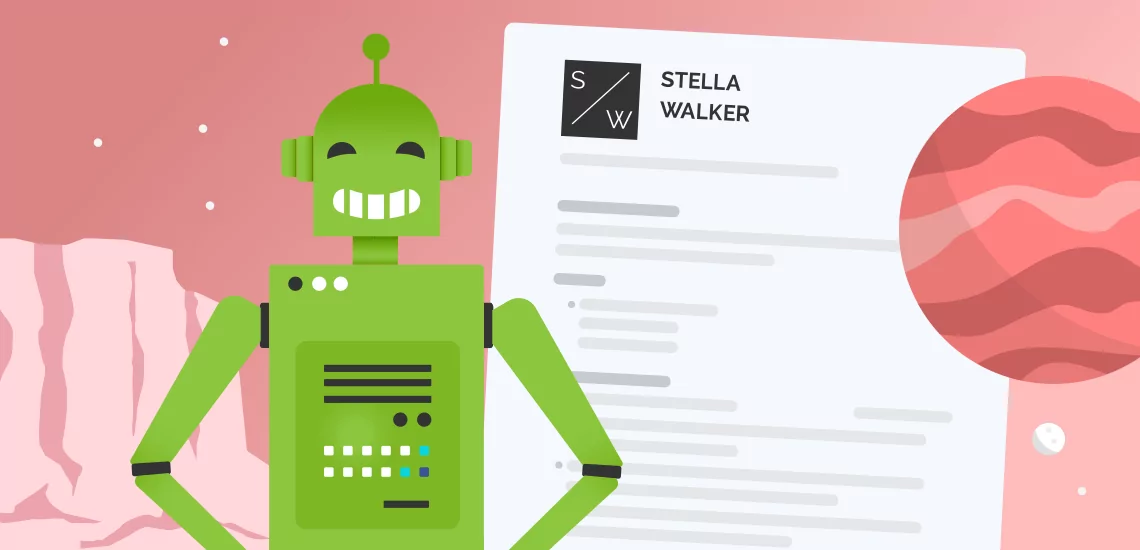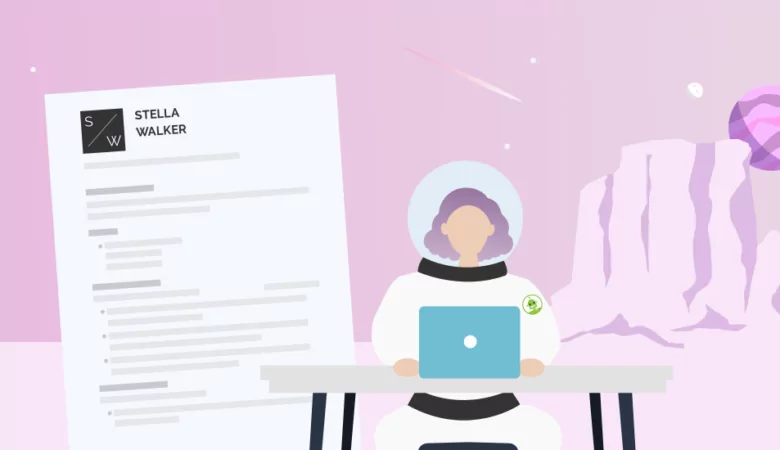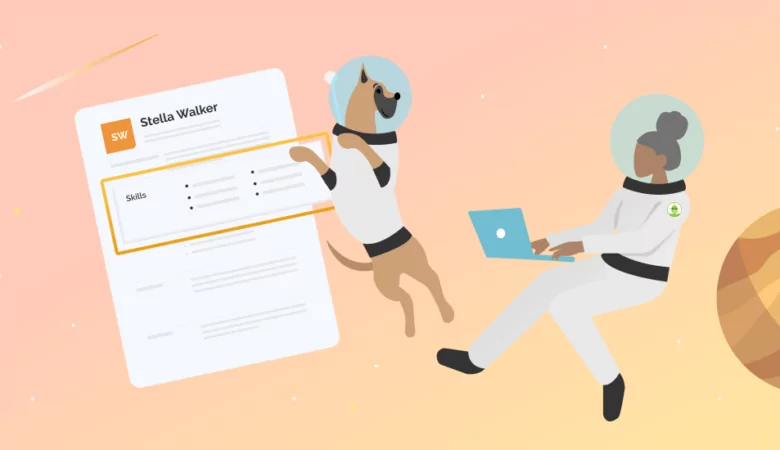If you want to land a great new job you need a great resume. These 5 resume writing tips will help you to catch and hold a hiring manager's attention.

Top Tips for Improving Your Resume
Resume Tips
When you apply for a job, your resume will be of the utmost importance. The best resume is one that showcases your skills and experience in a way that lines up with the needs of a particular job description. Do you know how to write a tailored resume that will catch a hiring manager's eye?
Our Top 5 Resume Tips
A job seeker who wants to ensure their job search is short should consider these top 5 resume writing tips to help them make the right first impression:
1. Check that your contact information is up-to-date
Your resume header may be the smallest section of your resume, but it is important as it contains your full name, phone number, contact information, and links to professional profiles and portfolios (if available). If a hiring manager wants to interview you, they will refer to this section. As such, it pays to ensure details like your phone number and LinkedIn profile are up-to-date, and that your email address is professional.
2. Mirror keywords from the job description
The job advertisement and description will list the skills, certifications, and experiences that potential employers deem to be necessary. Consider these skills and certifications, as well as job titles from your past work experience to be keywords. Ensure your professional experience section and skills section are full of these keywords if you want to rank well with applicant tracking systems (ATS) that employers can use to review resumes.
3. List internships and related activities (where relevant)
Unpaid work such as volunteer work and internships can be incredibly useful to a resume, especially in competitive fields like banking, journalism, and social media management. You can even list relevant coursework in your education section if it relates to the job you are applying for. If you want to stand out from the crowd and get the best jobs, list this kind of experience in both your resume and your cover letter.
4. Curate an effective skills section
The best resume is one that is tailored to the needs of the job title you are applying for. Because your skills section will be one of the most important sections when it comes to an ATS, you should be very careful to include all relevant hard and soft skills. Consider relevant resume examples to get an idea of what skills are important and include 8 to 12 bullet points in your resume skills section.
5. Proofread twice
Typos and grammatical errors are one of the easiest ways to ruin a good first impression. If you want your job application to have a good chance of success, proofread each section of your resume twice.
How to Properly Present Your Achievements on a Resume
If you want to put these excellent tips into practice in a way that lands you a brand new job, you will need to consider your skill set, work history, and the needs of the specific job you want to apply for. If you have a lot of work experience, for example, highlight it in a resume summary at the top of your resume and create a substantial work history section. If you lack professional experience, fill your summary with your most relevant skills or academic achievements, or use a resume objective statement instead. When you discuss your achievements in-depth, be sure to use action verbs and specific metrics to make it easy for recruiters to form a solid idea of your capabilities.
Remember, that your resume design is also important. Unless you work in a creative role like graphic design, you should opt for a straightforward or minimalist resume layout. This will ensure that your skills, achievements, and work history are the focus of your resume. It will also ensure that your headers and section bodies can be scanned effectively by applicant tracking systems, increasing the likelihood of your resume being seen by potential employers. It will also make it easy for hiring managers to quickly gather the information that they need.
How to Format Your Resume for Success
So, how should you present all of your skills, experience, and achievements? The right resume format and layout will help you to catch a hiring manager's eye and stand out from the crowd. There are three major resume formats you can choose from, chronological, functional, and hybrid. Generally speaking, a chronological resume format is the safest choice, but it is also best for those who have a lot of experience. A functional resume format is best for those who have no work experience or large employment gaps but can feature important skills and training. A hybrid resume offers a balanced combination of skills and work history, and can work for job candidates who have a few years of experience, or can bring transferable skills over from a different career field.
Whichever you choose, aim for a resume length of a single page, have .5 to 1-inch margins all around, and ensure that there is plenty of white space on the page. Furthermore, you should choose a professional font like Arial or Calibri. This will ensure that your resume has a streamlined and tidy appearance that makes it easy for recruiters and applicant tracking systems to scan your resume.
FAQ: Resume Tips
Font guidelines for resume writing are very simple. You should use fonts that are professional and maintain readability. This means using clear, legible sans serif fonts in sizes 10-point to 12-point. The best fonts for a resume include Calibri, Garamond, Arial, and Helvetica. You can use font formatting tools like italics, bold, and underlining to create a structured look within your resume. Using these tools is preferable to graphics and design elements as they are easier for applicant tracking systems to scan.
You can use italics, bold, and underlining to separate sections and create a structured look within your resume. Using these options is preferable to graphics and design elements, as they are easier for applicant tracking systems to scan.
Even if you use all of these resume tips and develop a truly incredible resume, a cover letter can still be a very beneficial tool. It showcases your achievements and skills in a unique way, and it gives them more personality than a resume does. Plus, it puts you ahead of the competition, who might not have written a cover letter in the first place. No matter how great your resume is, the ResumeNerd cover letter builder can help you prepare a cover letter to go along with it.
It’s good practice to use a resume builder to create an effective and attractive resume. An online builder will give you an editable document that looks professional and scans well in minutes. The ResumeNerd resume builder has a range of resume templates to choose from that are all in line with professional resume formatting guidelines.








